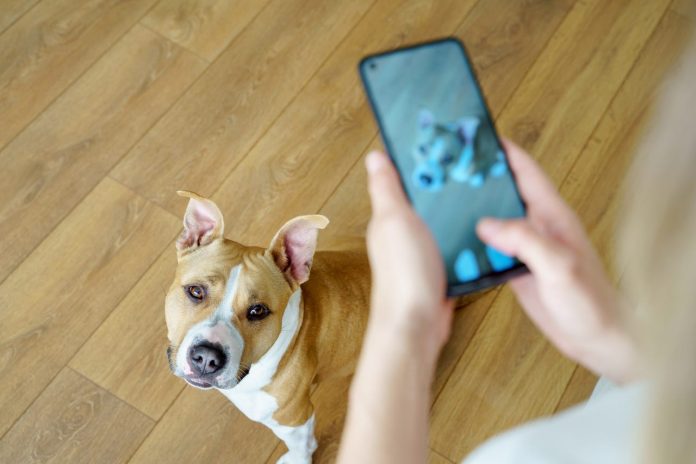You’ve probably seen commercials where people create brilliant short films with their phones. One thing they don’t tell you in the ads is that many of those clips are created by professionals. The only difference is these pros are using a phone to produce their film rather than the $20,000 film camera they’d usually rely on.
Of course, these professionals get great results from their efforts. But that doesn’t mean you can’t create something special with your Android phone, too. You’ll just need to learn a few tricks that can help you get the most out of your device.
Also: My go-to camera setting for the smoothest phone videos
That’s what I’m here for and, hopefully, these five tips will go a long way to help you improve the videos you create with your Android phone.
Let’s get started.
1. Get the right lighting
Even if you have the best Android phone on the market, it’s important to recognize that the small sensors in smartphones aren’t very good with low lighting. Sure, they can create serviceable videos in dim light, but you want more than that. To that end, you need to ensure you’re filming in an area with adequate lighting. Natural light is the best, but when you’re filming indoors or at night, it’s not an option.
Also: How to set up a new Android phone
If you are filming indoors during the day, and there are windows, make sure to open any curtains or blinds and allow as much natural sunlight into the room. If there is no sun, turn on as many lights as you can, but make sure they’re all the same color. Don’t use a mixture of daylight and warmlight coloration, or things will get wonky. The best-case scenario is to purchase and use a few LED panels, such as the Neewer Dimmable Bi-Color Ultra-Thin 192 LED panel. But be warned — that approach can get costly.
2. Film with a steady hand
First off, film in landscape mode. When you film with your phone in a vertical position, it crops the video. If you plan on uploading the film to a service like YouTube, you’ll want everything in landscape mode. Next, you have to film with a steady hand. That can get a bit challenging with a phone, so you might consider purchasing a grip, such as the ULANZI Smartphone Video Rig. If you really want to get smooth with your filming, get a stabilizer, such as this one from Hohem.
3. Capture the best audio possible
Phones aren’t known for having the best mics. In fact, nothing ruins a good video faster than poor sound quality. Because of that reason, you should consider purchasing an external microphone for your device. These devices can be in the form of a shotgun mic, such as the Rode Video Mic Go II, or a lavalier mic, such as the Hollyland Lark M1 Wireless Lavalier Microphone. If you’re filming one or two people, the lav mics are great. If you’re filming an event, a shotgun mic is your best bet. Also, if you’re shooting outside, and there’s a lot of wind, make sure your mic has a windscreen to cut down the noise.
4. Keep focus
Some phones have better autofocus than others. Some phones even know how to track faces pretty well. But no smartphone is perfect. So, when you film, decide on the subject that should have focus and stay fixed on it. That approach might mean you have to hold the phone in such a way that you can also tap the subject in the display to keep them in focus (that’s where a grip can come in handy). Tapping and filming at the same time can get tricky and requires some practice, especially if your subject moves a lot. But once you get the hang of the technique, it will greatly improve your videos.
5. Use the Golden Ratio
The Golden Ratio is related to the Fibonacci sequence and is used to place the principal subject at the most predominant place in your frame. Essentially, you should place your primary subject in either the left or right third of the frame to make the shot look more interesting. You might think you’d want them in the center at all times but that gets boring fast. Some phones have a Show Grid feature, with a Golden Ratio option. Use that grid and you’ll very quickly understand how best to place your subjects.
Also: Best vlogging cameras (and whether you need a flip screen)
Of course, if your subject moves, you’ll have to decide if it’s worth keeping them framed in the Golden Ratio or allowing them to move out of it. That decision will depend on what you’re filming, such as something narrative or presentational, the settings, and how many other people you have in the scene. The Golden Ratio is great for filming someone who is static. Whenever possible, I use the Golden Ratio when filming.
And there you have it — five tips to improve your videos when using an Android device. Of course, most of these tips apply to iPhones as well, but as I’m an Android guy, these tips are focused on Google’s OS. Happy filming!














